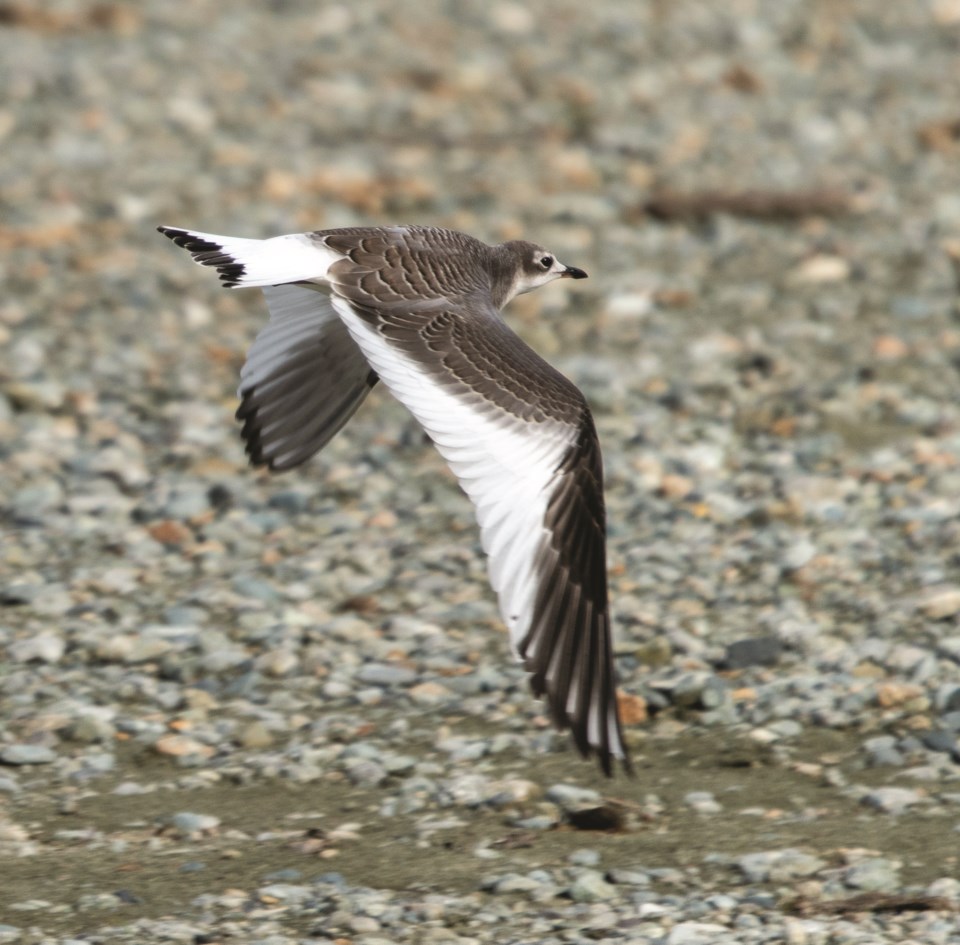Whistler’s unusual weather patterns this year affected the abundance of many bird species, but not overall biodiversity. Over the past year, 188 species were seen, which is tied with the record year. Noteworthy for this year are the sharp eyes and sensitive ears of the women in our ornithological corps: Nicole McHugh, Maeve Jones, Dea Lloyd, Heather Baines, and Liz Barrett. Season by season, here are the anomalies and highlights.
Winter (Dec. 1, 2021 to Feb. 28, 2022)
The Christmas Bird Count organized by Shawn Mason suffered from the rains of November. It gave us a lean 35 species, and very low counts on most of them. By Feb. 28, we saw 64 species, a few above average. The “Bird of the Season” was a boreal owl seen over two days near the bird viewing platform at Alta Lake. This was Whistler’s fifth record of the species, which usually inhabits the north end of our province.
Spring (March 1 to May 31)
Despite the crummy wet weather, 152 species were seen (above average) thanks to the Cheakamus Crossing hotspot. The “Bird of the Season” was the first record of the American white pelican, highlighted with a great photo in Pique’s feature story on May 5. Let’s make it the “Bird of the Year.”
Summer (June 1 to Aug. 31)
A wet start, which continued into mid-July, hampered the number of warblers and sparrows. There were several surprising “no shows” counteracted by rare finds: a Western kingbird (a flycatcher) and Bewick’s wren (last seen in Whistler in 1982). However, the “Bird of the Season” was a very colourful lazuli bunting seen at Cheakamus Crossing. But perhaps this honour should be shared with a Say’s phoebe seen at Nicklaus North.
Autumn (Sept. 1 to Nov. 31)
Hot and dry weather continued for another seven or eight weeks. The migrants from the north refused to move; the songbirds stopped singing; “our” osprey nest remained active (the parents left at the end of September, while the junior finally departed on Thanksgiving); and slowly American coots arrived at Green Lake.
Bang! Nov. 1 saw a classic overnight “down drop” of more than 1,000 waterfowl on Green Lake. Maeve phoned for reinforcements to help with the count, and by late afternoon we had recorded 20 species and 1,149 birds, which included record one-day counts on the following: Northern shovelers (36), green-winged teals (129), American wigeons (350), ring-necked ducks (270), buffleheads (470), coots (455) and a few days later, hooded mergansers (our only all-season duck) (32). Most of these big numbers dwindled drastically on Nov. 2 or 3, except for the coots and wigeons, which usually disappear by the end of November.
The “Bird of the Season” is the Sabine’s gull, an arctic nester and oceanic migrant to sub-equatorial waters for winter. It was seen by Dea in mid-September and photographed at the Fitzsimmons Delta a couple of days later. Season total: 119 species, 13 above average.
Please join us for the Christmas Bird Count coming up on Dec. 14. All are invited to take part regardless of experience. The more eyes and ears on the job equates to more birds! For more information, please go to: whistlernaturalists.ca/birding.
Naturespeak is prepared by the Whistler Naturalists. To learn more about Whistler’s natural world, go to whistlernaturalists.ca.



.jpg;w=120;h=80;mode=crop)
.jpg;w=120;h=80;mode=crop)
